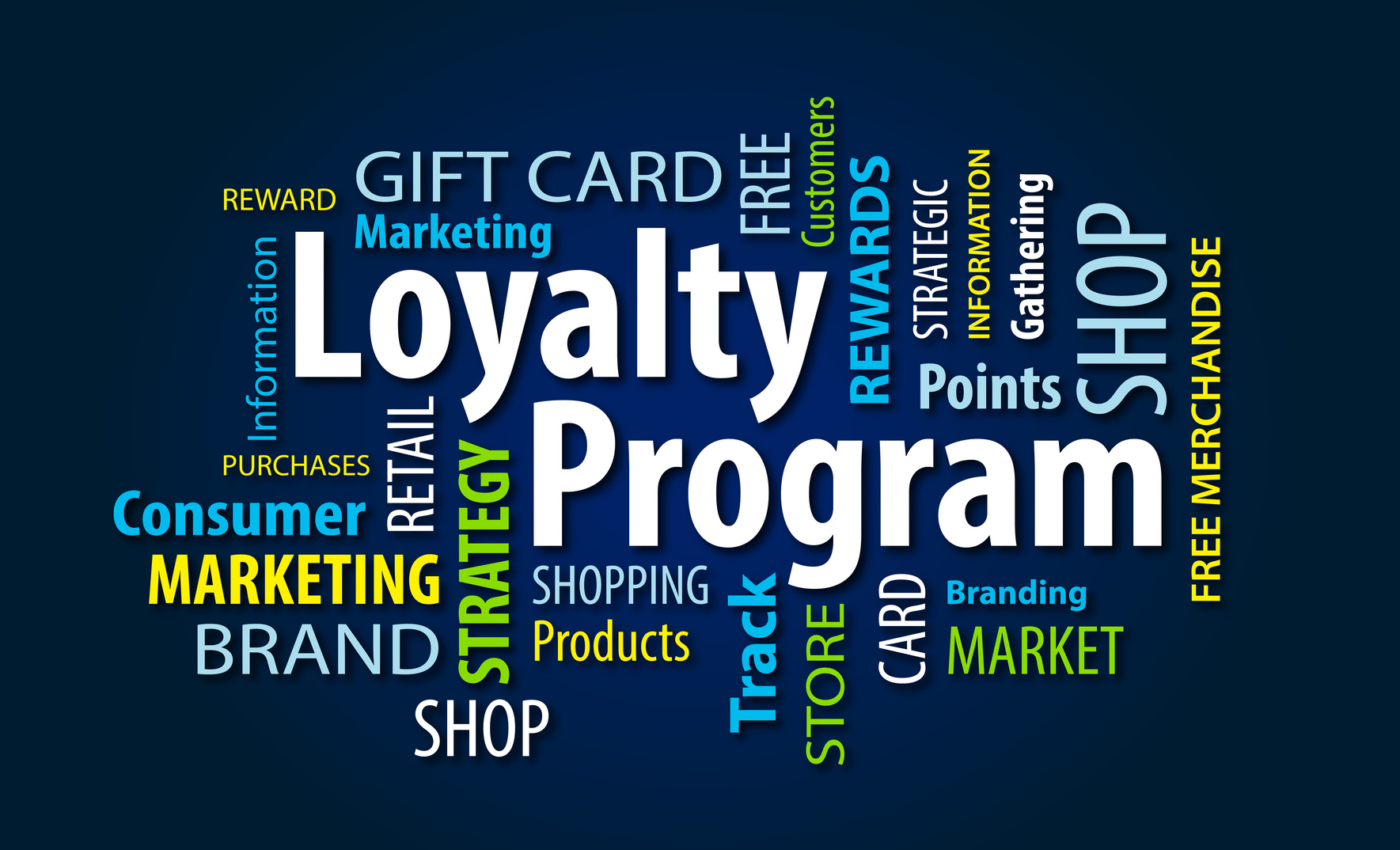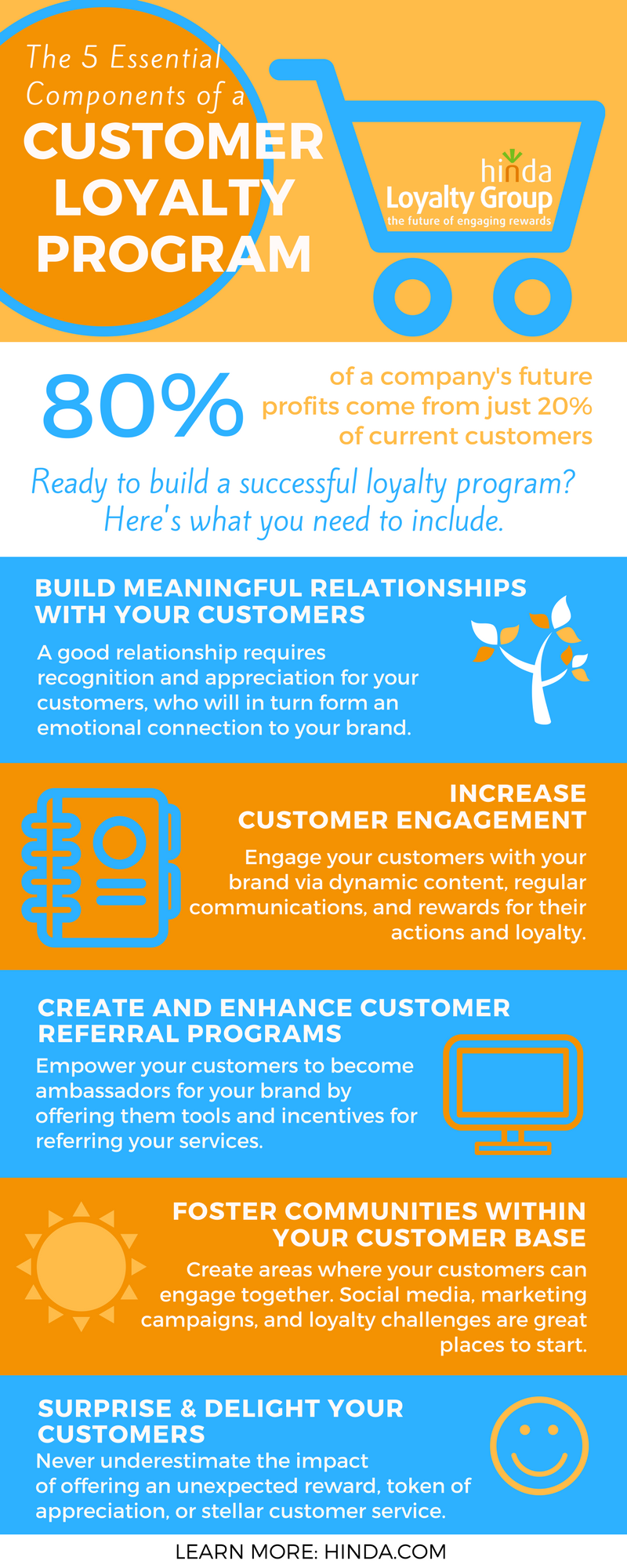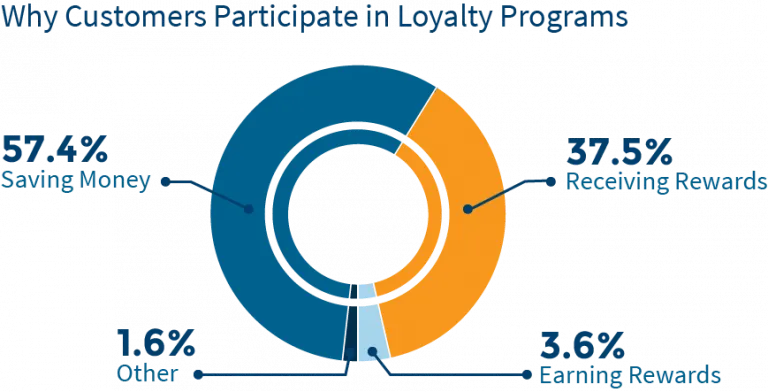All Categories
Featured
Table of Contents
In 44240, Madeline Krueger and Chase Mccarthy Learned About Happy Customers

What if you could grow your business without increasing your spending? In reality, what if you could in fact minimize your spending however increase your sales, every year? Would you do it? If you're a company owner, then you'll likely offer a definite 'yes', a simple answer to an even easier question.
A benefits program tracks and benefits particular spending habits by the customer, offering special benefits to loyal clients who continue to patronize a specific brand name. The more that the client invests in the store, the more advantages they receive. In time, this incentive develops faithful consumers out of an existing customer base.

Even if you already have a benefit program in place, it's a good idea to dig in and fully comprehend what makes client loyalty programs work, as well as how to execute one that costs you little money and time. Don't fret, I'll assist you with that. I'll break down the primary advantages of a loyalty program and the very best methods to develop faithful consumers.
Let's dig in. Consumer loyalty is when a client go back to work with your brand name over your rivals and is mostly influenced by the favorable experiences that the customer has with your brand name. The more favorable the experience, the most likely they will go back to patronize you. Consumer loyalty is exceptionally important to organizations since it will help you grow your company and sales faster than a simple marketing strategy that focuses on hiring brand-new consumers alone.
A few ways to determine customer loyalty include:. NPS tools either send a brand efficiency study via e-mail or ask consumers for feedback while they are checking out a company's website. This info can then be utilized to much better comprehend the probability of consumer commitment. A repurchase ratio determines the ratio of repeat purchasers versus one-time buyers.
Consumer commitment index (CLI). The CLI tracks client loyalty in time and is similar to an NPS survey. However, it takes into account a couple of extra factors on top of NPS like upselling and repurchasing. These metrics are then utilized to assess brand commitment. A customer commitment program is a marketing technique that rewards customers who make purchases and engage with the brand name on a continued basis.
Consumer rewards programs are developed to incentivize future purchases. This motivates them to continue doing company with your brand. Client commitment programs can be set up in various methods. A popular consumer loyalty program benefits consumers through a points system, which can then be invested on future purchases. Another kind of consumer loyalty program may reward them with member-exclusive perks or totally free gifts, or it may even reward them by contributing money to a charity that you and your customers are equally passionate about.
In 7080, Ryleigh Steele and Angelina Finley Learned About Prospective Client
By offering rewards to your consumers for being devoted and supportive, you'll build a relationship with them, deepening their relationship with your brand name and ideally making it less most likely for them to change to a competitor. You've most likely seen customer loyalty programs in your own shopping experience, whether at your preferred coffee shops or your most frequented grocery stores.
But even if everyone is doing it does not indicate that's a good enough reason for you to do it too. The much better you understand the benefits of a customer rewards program, the more clearness you will have as you create one for your own store. You will not be distracted by interesting advantages and complex commitment points systems.
Keep in mind: work smarter, not harder. Client retention is the main advantage of a rewards program that works as a foundation to all of the other benefits. As you supply incentives for your existing client base to continue to acquire from your store, you will supply your shop with a steady flow of cash month after month.
By growing your retention rate, you can stop investing as much time or cash on increasing your general variety of clients. Why is this crucial? Devoted clients have a higher conversion rate than new consumers, implying they are more most likely to make a transaction when they visit your shop than a brand-new client.
By increasing your retention rate by just 5 percent, you can increase your revenues by 25 percent and as much as by 95 percent. Needless to say, your retention rate matters. Key Takeaway: If you want to substantially increase your revenues, provide incentives for your existing clients to continue to patronize your store.
And you will not need to spend cash on marketing to get them there. Client acquisition (aka generating new consumers) takes a great deal of effort and cash to encourage complete strangers to trust your brand name, come to your shop, and try your items. In the end, any cash earned by this new customer is eclipsed by all of the cash invested in getting them there.
Key Takeaway: If you wish to lower costs, focus on consumer retention rather of customer acquisition. When you focus on supplying a favorable tailored experience for your existing clients, they will naturally inform their family and friends about your brand. And with each subsequent transaction, loyal clients will inform even more people per deal.
In Carlisle, PA, Jocelyn Yang and Devon Andrade Learned About Gift Guides
The best part? Since these brand-new consumers originated from trusted sources, they are most likely to develop into loyal consumers themselves, spending more typically than brand-new customers generated by other marketing efforts. The Chase Ultimate Rewards program, for instance, provides major benefits for people who travel a lot.
The 'supreme benefits' that Chase cardholders get consist of 2x points per dollar invested in all travel purchases along with main rental vehicle insurance coverage, no foreign transaction charges, trip cancellation insurance, and purchase defense. For people who take a trip a lotand have non reusable earnings to do sothere is a huge incentive to spend cash through the supreme benefits program.
This entire procedure makes redeeming rewards something worth extoling, which is precisely what lots of cardholders wind up doing. And to help them do it, Chase uses a perk for that too. Secret Takeaway: Make it simple for your clients to boast about you and they will get the word out about your purchase totally free.
Once you get the essentials down, then utilizing a commitment rewards app can assist look after the technical details. Here are the actions to begin with creating your client loyalty program. No customer wishes to buy products they do not want or need. The very same chooses your commitment program.
And the only method to customize an irresistible consumer loyalty program is by thoroughly understanding your client base. The very best method to do this? By carrying out these techniques: Build consumer contact information wherever possible. Guarantee your service is constantly building an in-depth contact list that enables you to gain access to existing clients as typically and as quickly as possible.

Track consumer behavior. Know what your clients desire and when they desire it. In doing so, you can anticipate their wants and requires and supply them with a loyalty program that will satisfy them. Classify customer personal qualities and preferences. Take a multi-faceted technique, do not limit your loyalty program to just one opportunity of success.
Motivate social networks engagement. Frame methods to engage with your consumers and target market on social networks. They will soon provide you with really informative feedback on your services and products, enabling you to better comprehend what they get out of your brand name. Once you have worked out who your customers are and why they are working with your brand name, it's time to choose which kind of commitment rewards program will encourage them to remain devoted to you.
In Reidsville, NC, Madelynn Avery and Kassidy Noble Learned About Customer Loyalty Program
However, the most typical client loyalty programs centralize around these main principles: The points program. This kind of program concentrates on gratifying clients for every purchase they make with points in a point system. These points can then either be used on future purchases or put towards some kind of benefit.
The paid program. This kind of program requires consumers to pay a one-time or annual fee to join your VIP list. Loyalty members who belong to this list are able to gain access to unique rewards or member-exclusive advantages. The charity program. This type of program is a little bit various than the others.
This is attained by encouraging them to do service with the brand and, in return, their loyalty will be rewarded with a contribution to a charity. The tier program. This kind of program focuses on increasing levels of brand name commitment. The more faithful a consumer is to a brand, the higher tier they will reach and the much better the benefits they will receive.
This type of program is simply as it sounds, where one brand name partners with another brand name to supply their cumulative audiences with special member discounts or deals that they can redeem while working with either brand name. The community program. This type of program incentivizes brand name loyalty by offering its members with access to a similar neighborhood of people.
This type of program is fairly similar to paid programs, however, the membership cost happens regularly rather than a one-time payment. Next, pick which customer interactions you wish to reward. Base these benefits around which interactions benefit your company one of the most. For instance, to help your service out, you can offer action-based benefits like these: Reward customers more when doing service with your brand name during a sluggish duration of the year or on an infamously slow day of company.
Reward clients for engaging with your brand name on social networks. Incentivize certain products you are trying to move rapidly. Incentivize purchases that are over a particular dollar amount. The idea is to make your client loyalty program as simple as possible for your clients to use. If your consumer loyalty program isn't staff friendly, isn't easy to track, is too pricey to run, or isn't easy for your clients to utilize or comprehend, then staff and clients alike most likely won't benefit from it.
To get rid of these barriers to entry, consider incorporating a customer loyalty software that will help you continue top of all of these aspects of your program. Some quality customer program software application include:. CandyBar is a digital punch card program. It works by tracking your customer's purchases through an app on a computer, phone, or tablet.
In Duluth, GA, Alondra Weeks and Jared Mooney Learned About Business Owners
Loyalty members can then check their rewards via text message and service owners can utilize the program to contact their clients. Yotpo. Yotpo is a cloud-based client loyalty platform specifically for eCommerce businesses. This software is particularly proficient at gathering every kind of user-generated content, helpful for tailoring a better client experience.
Loopy Commitment is a handy consumer commitment software application for organizations that primarily utilize Google Wallet or Apple Pay as their payment platforms. The software application develops a digital loyalty card that sends push notifications to their consumers' phones when they remain in close proximity to their brick and mortar shop. When you have actually put in the time to decide which client commitment techniques you are going to carry out, it's time to begin promoting and signing up your first loyalty members.
Usage in-store ads, incorporate call-to-actions on your site, send promotions by means of e-mail newsletters, or upload advertising posts on social networks to get your customers to join. It's crucial to understand the main advantages of a customer rewards program so that you can create a customized experience for both you and your consumer.
Think about it. You know what sort of items your customers like to purchase but do you understand what brings them back, day after day, week after week? What makes them pick your store over the store throughout the street? What makes them your consumer and not the consumer of your greatest competitor? Remarkably, the responses to these questions don't boil down to discount rates or quality products.
Table of Contents
Latest Posts
The Leader In Website Design – Squarespace Tips and Tricks:
Minneapolis Web Design - 100+ Five Star Reviews - Seo ... Tips and Tricks:
Learning Web Design: A Beginner's Guide To Html, Css ... Tips and Tricks:
More
Latest Posts
The Leader In Website Design – Squarespace Tips and Tricks:
Minneapolis Web Design - 100+ Five Star Reviews - Seo ... Tips and Tricks:
Learning Web Design: A Beginner's Guide To Html, Css ... Tips and Tricks: